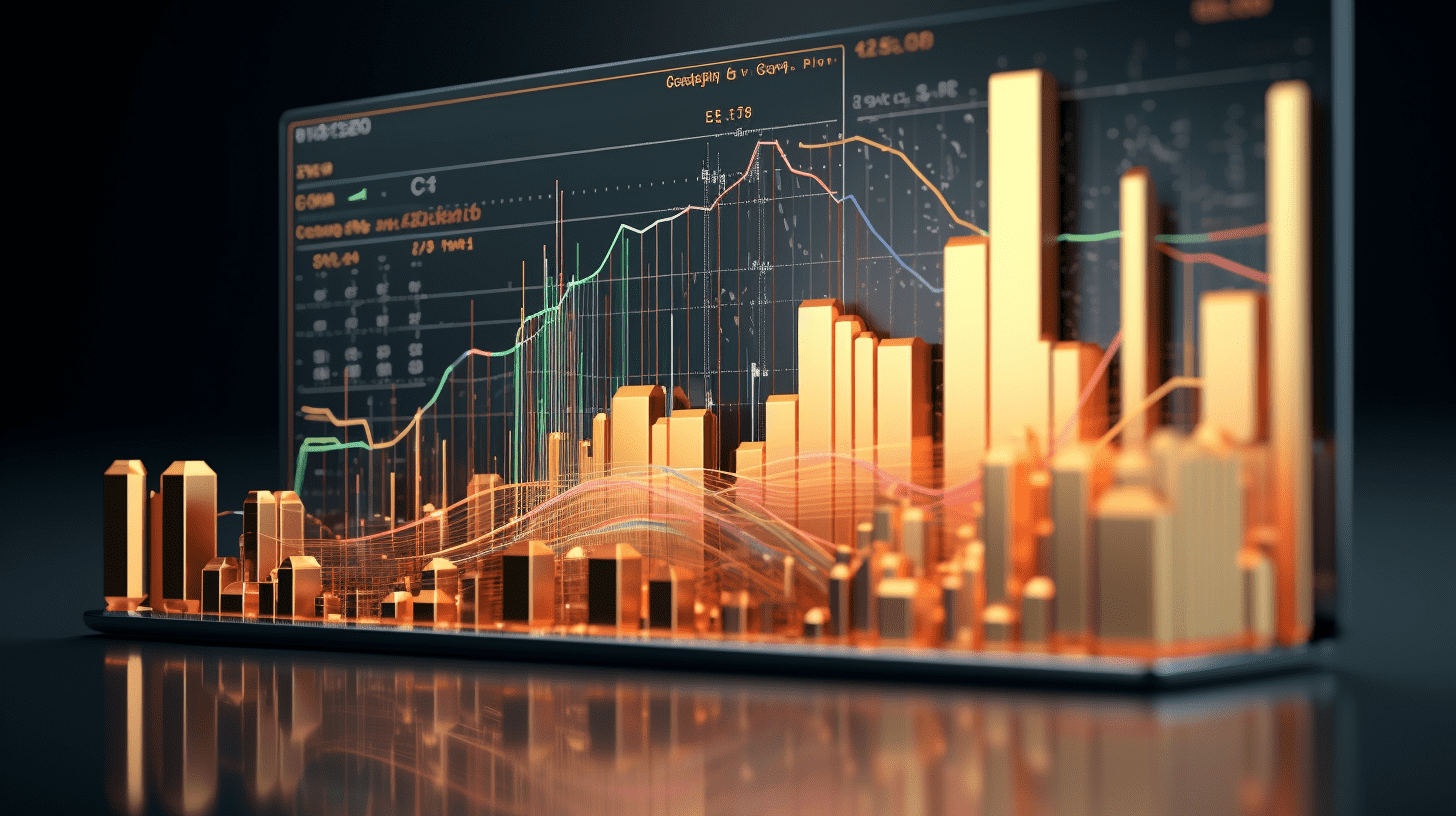Tariff impact weakened global investors reducing their positions hedging against the depreciation of the US dollar.
Dowfu Bank stated that global investors have reduced their positions hedging against the depreciation of the US dollar to levels close to those before early April, marking a reversal of the trend seen in recent months.
In early April, the impact of US tariff policies led to a decline in both US stocks and the US dollar, increasing the demand for dollar hedging. Analysts had warned that investors outside of the US would continue to hedge heavily to guard against further dollar depreciation. However, Daufu Bank now states that global investors have reduced their positions hedging against the devaluation of the dollar to levels close to those before early April, reversing the trend of the past few months.
Data compiled by Daufu Bank shows that the challenge of hedge fund inflows against the US dollar is not as severe as previously feared. The data shows that the hedge ratio is currently at 21.6%, a 2-percentage-point decrease from May, and is close to the level in early April. Michael Metcalfe, the bank's chief macro strategist, stated: "This is completely different from the changes we have seen in the hedge ratio before, with changes in the hedge ratio as high as 10% in the past." "The threat to the dollar still exists, but has not been triggered."
Daufu Bank data shows that the foreign exchange hedge ratio remains stable
The turmoil caused by tariffs has disrupted a widely held belief that the US dollar is a good hedge against declining US stocks. In the past, during periods of worsening risk sentiment, the dollar usually rose. However, the simultaneous decline of US stocks and the US dollar after April changed this correlation.
Nevertheless, Michael Metcalfe pointed out that the behavior of overseas investors does not seem to have changed significantly. He said, "Everyone is very concerned about this issue, because everyone knows that the hedge ratio is low and it could go higher. But the reality is, it is now mid-August, and the hedge ratio has not really increased."
This may reflect the fact that investors typically review longer periods of time when evaluating the optimal level of currency protection, such as three to five years. Based on this, during a period of declining US stocks, the dollar still appears to be a decent hedge tool.
Most importantly, as the worst-case scenario of trade tariffs seems to have been avoided, the dollar had a breather in July. At the same time, the rebound of US stocks pushed the S&P 500 index back to new historical highs.
Due to the cost of hedging, fund managers may just need more time to decide on the best path forward. For example, for euro-based investors, the three-month dollar hedge cost has risen from a low of 1.31% in September last year to over 2.40% in June and July, currently still above 2.20%. Michael Metcalfe stated, "Investors seem to be waiting to see if the situation that occurred in the first eight months of 2025 will be repeated in the future."
It is worth noting that despite the US dollar posting its largest monthly gain in three years in July, Wall Street's foreign exchange strategists are still bearish on the dollar, believing that its rebound momentum is difficult to sustain. In the eyes of foreign exchange market participants, the long-term trend of the dollar still points to weakness. The latest weak employment data, questioning the independence of the Federal Reserve, and the dismissal of Erika McEntarfer, the head of the US Bureau of Labor Statistics by President Trump, have raised concerns about the reliability of US economic data in the market.
Last week, Bank of America warned that the dollar would face an unfavorable situation - the Federal Reserve lowering interest rates in the face of rising inflation. Howard Du, the bank's foreign exchange strategist, stated that the last time the US faced a situation of actual policy interest rates being lowered was in the second half of 2007 to the first half of 2008, during which time the Bloomberg Dollar Index fell by about 8%. His historical analysis found that the phenomenon of dollar depreciation began before the Federal Reserve cut rates (similar to this year's situation) and continued to persist after the rate cuts.
Related Articles

Morgan Stanley analyzes the 25Q2 13F position report: Institutional trends reveal new trends in US stocks, with technology leading in increased holdings while healthcare sees reduced holdings.

Internet bubble 2.0 countdown? Goldman Sachs and Apollo warn: Tech stocks are repeating the 90s "death dance".

Market expectations may face a cold reception! Economic data is fluctuating, and Powell's speech on Friday is unlikely to clearly discuss a rate cut.
Morgan Stanley analyzes the 25Q2 13F position report: Institutional trends reveal new trends in US stocks, with technology leading in increased holdings while healthcare sees reduced holdings.

Internet bubble 2.0 countdown? Goldman Sachs and Apollo warn: Tech stocks are repeating the 90s "death dance".

Market expectations may face a cold reception! Economic data is fluctuating, and Powell's speech on Friday is unlikely to clearly discuss a rate cut.

RECOMMEND

Former Innovative Pharma Star Faces Growing Pains—Why Zai Lab’s Stock Tumbled Despite Strong Results
18/08/2025

World Humanoid Robot Games In-Depth: Competition Drives Technological Innovation and Accelerates Industry Progress
18/08/2025

Guangdong Cross-Border E-Commerce: Tariff Pressures Spur Overseas Warehouse Boom as Sellers Target Russia and Latin America
18/08/2025


